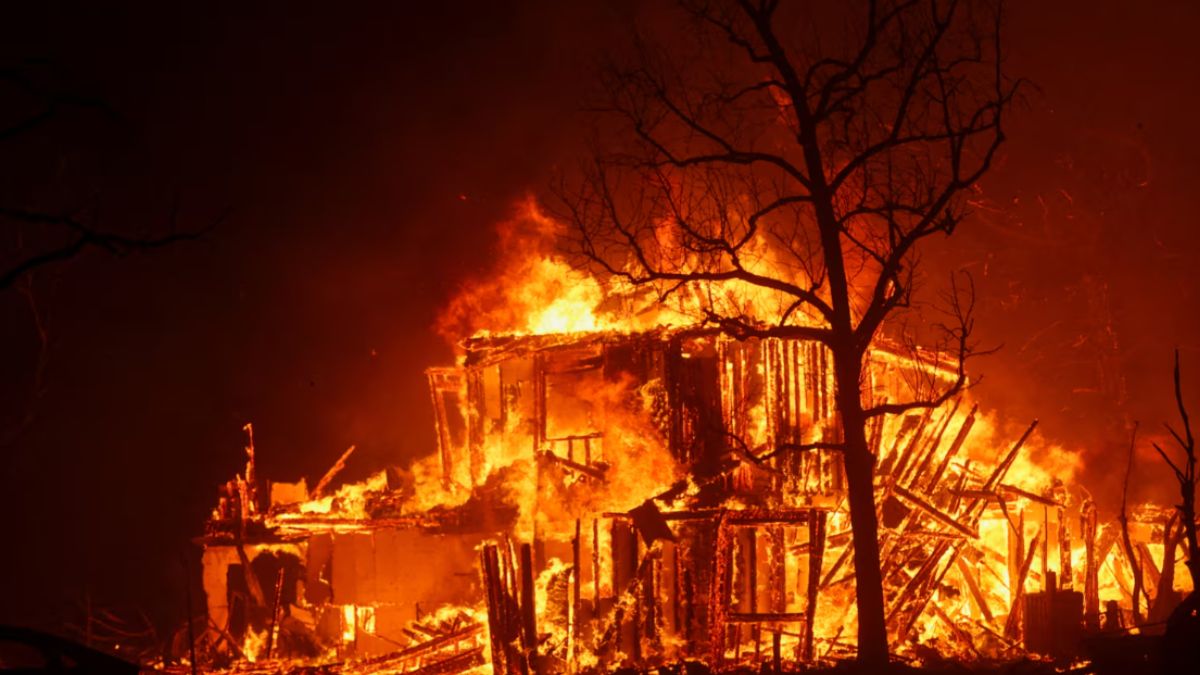U.S. Army's Exclusive Reliance On Drones: A Growing Trend

Table of Contents
Reasons for Increased Drone Use in the U.S. Army
The U.S. Army's increasing reliance on drones stems from several key factors, making them a crucial asset in modern warfare and beyond.
Cost-Effectiveness
One significant driver is cost-effectiveness. Drones offer substantial financial advantages compared to traditional manned aircraft.
- Reduced pilot training expenses: Training drone pilots is significantly cheaper than training fighter pilots, requiring less extensive and costly training programs.
- Lower fuel consumption: Drones consume far less fuel than manned aircraft, resulting in substantial savings over their operational lifespan.
- Reduced maintenance costs: The maintenance and repair costs associated with drones are generally lower than those for manned aircraft, due to simpler mechanics and less wear and tear.
The lifecycle cost of a single drone, even advanced models like the MQ-9 Reaper, is considerably less than that of a helicopter or fighter jet. This makes drones a fiscally responsible option for fulfilling a range of military missions.
Enhanced Surveillance Capabilities
Drones boast superior surveillance capabilities, providing crucial intelligence for mission planning and execution.
- Real-time intelligence gathering: Drones equipped with advanced sensors can transmit real-time video and data, offering immediate situational awareness to ground troops and commanders.
- High-resolution imagery: High-resolution cameras and sophisticated sensors allow for detailed imagery analysis, identifying enemy positions, weapons caches, and other crucial intelligence.
- Ability to operate in hazardous environments: Drones can operate in environments too dangerous for manned aircraft, providing invaluable reconnaissance in hostile territories or disaster relief operations.
The Army employs various drone models, each with unique surveillance capabilities. For instance, the RQ-7 Shadow provides real-time battlefield surveillance, while larger UAVs like the MQ-1C Gray Eagle offer extended flight times and enhanced sensor packages, including thermal imaging and long-range detection.
Reduced Risk to Human Personnel
Perhaps the most compelling reason for the increased use of drones is the significant reduction in risk to human soldiers.
- Minimizing casualties in combat: Drones can carry out dangerous missions, such as reconnaissance and targeted strikes, minimizing the risk of casualties among ground troops.
- Conducting reconnaissance in hostile territories: Drones can penetrate hostile territories to gather intelligence, reducing the need to send in soldiers.
- Performing bomb disposal: Drones are increasingly used for bomb disposal and other hazardous tasks, preventing potential injury or death to human personnel.
Numerous real-world scenarios illustrate the effectiveness of drones in minimizing human risk, solidifying their role in modern military operations.
Advantages and Disadvantages of Drone Deployment
While the advantages of increased drone reliance are considerable, it's crucial to acknowledge potential drawbacks.
Advantages
The benefits extend beyond those already mentioned:
- Precision targeting: Drones allow for more precise targeting, minimizing civilian casualties and collateral damage.
- Improved situational awareness: The constant stream of real-time intelligence provides a much clearer and more complete picture of the battlefield.
- Adaptability to various missions: Drones can be adapted to perform a wide range of missions, from surveillance and reconnaissance to strike operations and search and rescue.
The integration of drone technology has profoundly impacted military strategies and tactics, creating new possibilities for mission planning and execution.
Disadvantages
Despite their advantages, several challenges and limitations exist:
- Vulnerability to cyberattacks: Drones are susceptible to hacking and cyberattacks, which could compromise their functionality or even turn them against their operators.
- Dependence on technology: Over-reliance on technology introduces vulnerability if the drone systems malfunction or are disrupted.
- Ethical concerns regarding civilian casualties: The use of drones raises significant ethical concerns regarding the potential for civilian casualties and the lack of accountability in certain situations.
The complexities of drone warfare, including legal and ethical implications, necessitate careful consideration and robust regulations.
The Future of the U.S. Army's Reliance on Drones
The future of the U.S. Army's reliance on drones is likely to be marked by significant technological advancements and strategic implications.
Technological Advancements
Ongoing developments are poised to further enhance drone capabilities:
- Artificial intelligence integration: AI integration will allow for more autonomous flight capabilities, reducing the need for human control.
- Autonomous flight capabilities: Increased autonomy will allow drones to undertake more complex missions with less human intervention.
- Improved payload capacity: Future drones are expected to carry heavier payloads, increasing their effectiveness in various missions.
Speculation about future drone capabilities includes swarms of drones working collaboratively, advanced AI-driven targeting systems, and even drones capable of autonomous repair and maintenance.
Strategic Implications
The long-term strategic implications of increased drone dependence are far-reaching:
- Changes in military doctrine: The use of drones is fundamentally changing military doctrine, emphasizing asymmetric warfare and precision targeting.
- Impact on international relations: The proliferation of drone technology is altering the balance of power on the global stage, raising concerns about arms races and potential escalations.
- Potential for escalation: The ease of deploying drones could unintentionally escalate conflicts due to the reduced risk to human personnel.
The geopolitical consequences of widespread drone adoption require careful consideration by policymakers and military strategists worldwide.
Conclusion
The U.S. Army's increasing reliance on drones is a significant trend reshaping modern warfare. Driven by cost-effectiveness, enhanced surveillance capabilities, and reduced risk to human personnel, the adoption of drones offers substantial military advantages. However, challenges including cyber vulnerabilities, ethical concerns, and strategic implications demand careful consideration. The future will likely see even more sophisticated drones, impacting military doctrine and global geopolitics. To stay informed about the evolving role of drones in modern warfare and the U.S. Army's continued reliance on these technological assets, explore additional resources on military technology and defense strategies.

Featured Posts
-
 Getting Your Free Play Station Credit Sonys Solution To Voucher Issue
May 02, 2025
Getting Your Free Play Station Credit Sonys Solution To Voucher Issue
May 02, 2025 -
 The Rise Of Wildfire Betting Analyzing The Los Angeles Case
May 02, 2025
The Rise Of Wildfire Betting Analyzing The Los Angeles Case
May 02, 2025 -
 Aj Ywm Ykjhty Kshmyr Mkhtlf Shhrwn Myn Rylyan Awr Tqrybat
May 02, 2025
Aj Ywm Ykjhty Kshmyr Mkhtlf Shhrwn Myn Rylyan Awr Tqrybat
May 02, 2025 -
 Targets Dei Rollback Boycott Traffic Drop And The Fallout
May 02, 2025
Targets Dei Rollback Boycott Traffic Drop And The Fallout
May 02, 2025 -
 Experience More Classic Games Play Station Portal Expands Cloud Streaming
May 02, 2025
Experience More Classic Games Play Station Portal Expands Cloud Streaming
May 02, 2025
Latest Posts
-
 Havertzs Arsenal Performance Souness Questions Epl Impact
May 02, 2025
Havertzs Arsenal Performance Souness Questions Epl Impact
May 02, 2025 -
 The Premier League Player Graeme Souness Admires Most
May 02, 2025
The Premier League Player Graeme Souness Admires Most
May 02, 2025 -
 Graeme Souness Premier League Player Choice Revealed
May 02, 2025
Graeme Souness Premier League Player Choice Revealed
May 02, 2025 -
 Souness Names His Top Premier League Player
May 02, 2025
Souness Names His Top Premier League Player
May 02, 2025 -
 Graeme Souness Reveals His Premier League Favourite
May 02, 2025
Graeme Souness Reveals His Premier League Favourite
May 02, 2025
